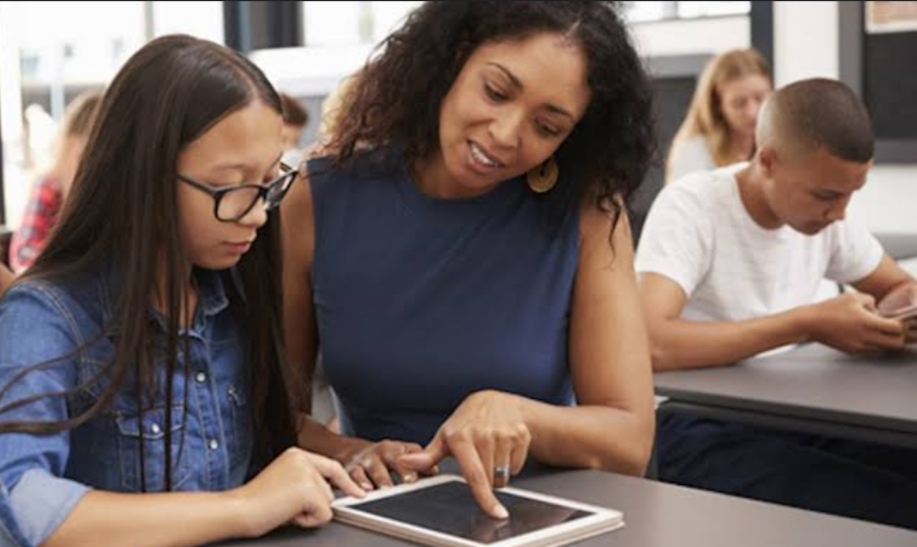In the 21st-century classroom, innovative teaching methodologies have become essential to meet the evolving needs of students. Blending technology with pedagogy, educators are adopting diverse approaches to engage and empower learners.
Flipped Classroom: In this model, students access instructional content online before class, allowing in-person sessions to focus on discussions and activities. It enhances active learning and fosters critical thinking.
Project-Based Learning: Encouraging students to work on real-world projects fosters problem-solving skills and teamwork, aligning with the demands of the modern workforce.
Gamification: Incorporating game elements into lessons makes learning fun and motivates students. Points, badges, and leaderboards provide incentives for participation and achievement.
Personalized Learning: Adaptive technology tailors instruction to individual students, addressing their unique learning needs and pacing.
Collaborative Learning: Platforms and tools facilitate collaboration among students, promoting peer-to-peer teaching and teamwork.
Virtual Reality (VR) and Augmented Reality (AR): These technologies create immersive learning experiences, enabling students to explore and understand complex concepts in engaging ways.
Global Education: Encouraging cross-cultural understanding through virtual exchanges and international collaborations prepares students for a globally connected world.
Critical Media Literacy: Teaching students to analyze and critically evaluate media sources equips them with skills to navigate the information-rich digital landscape.
In summary, innovative teaching methodologies leverage technology, foster collaboration, and promote critical thinking, preparing students for the challenges and opportunities of the 21st century




